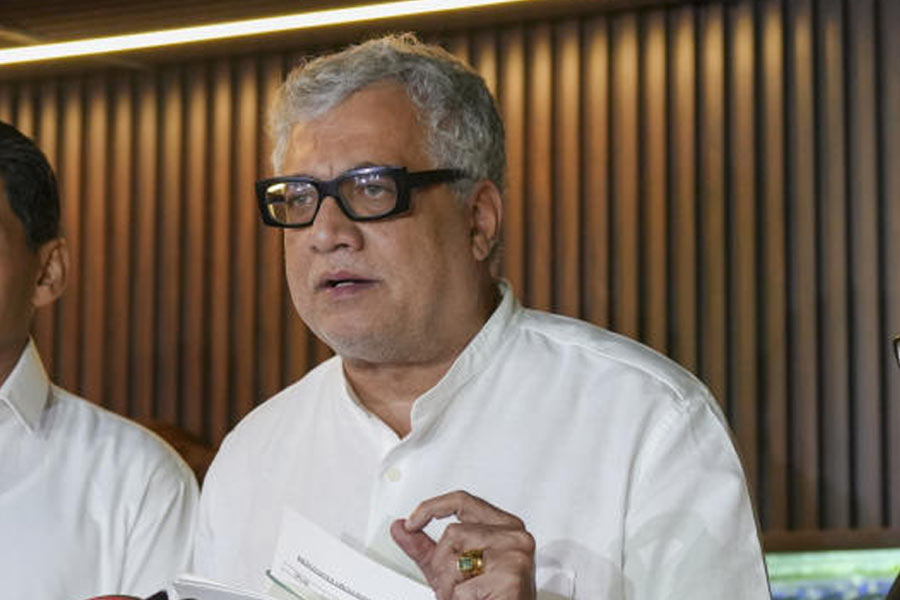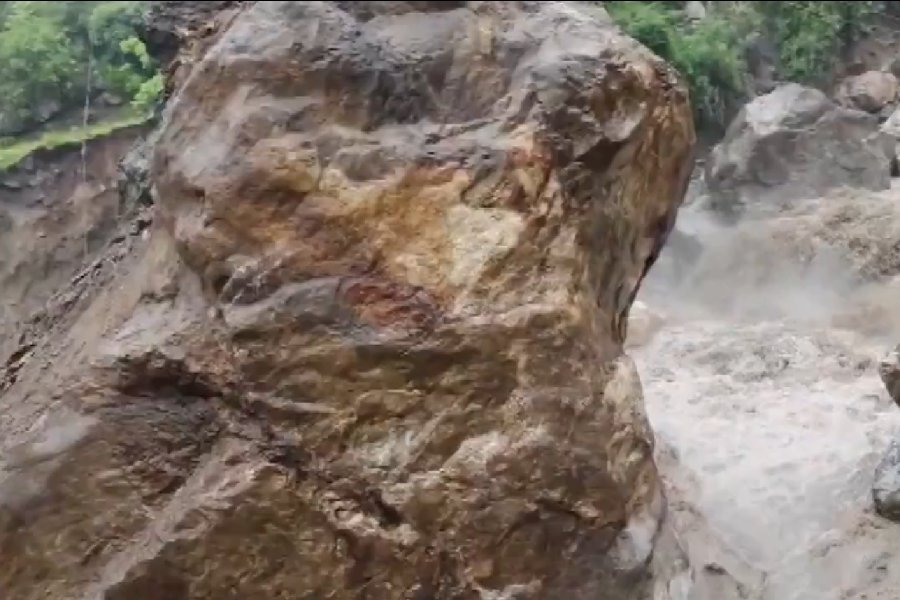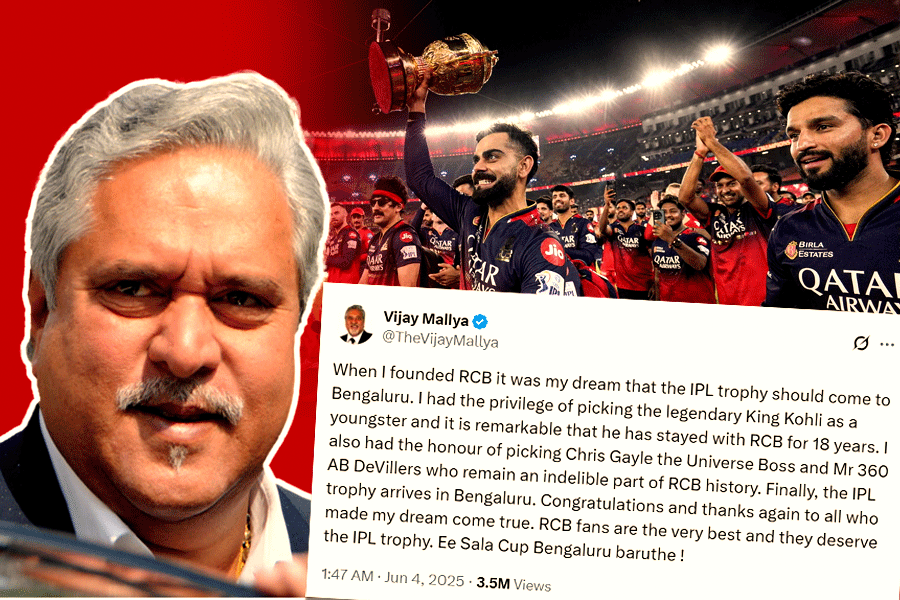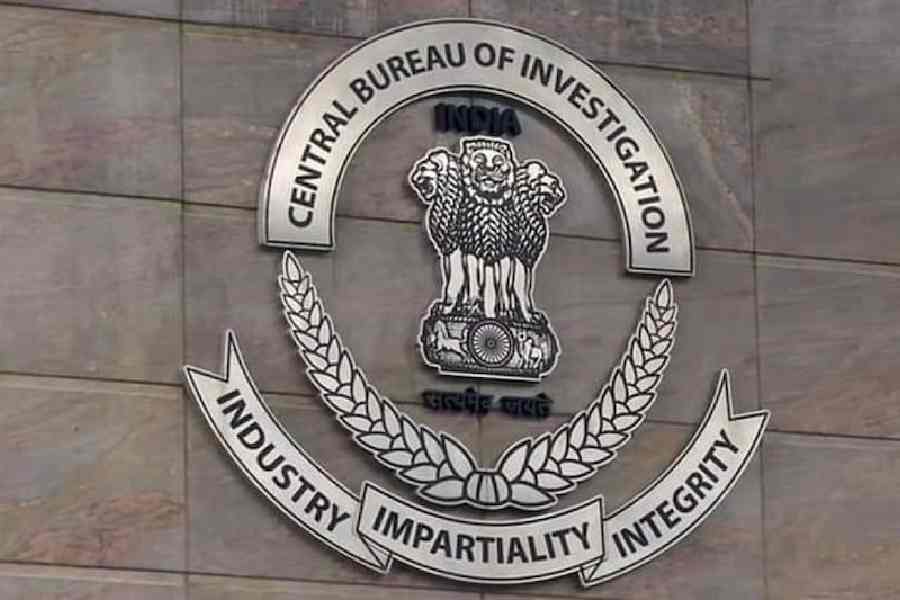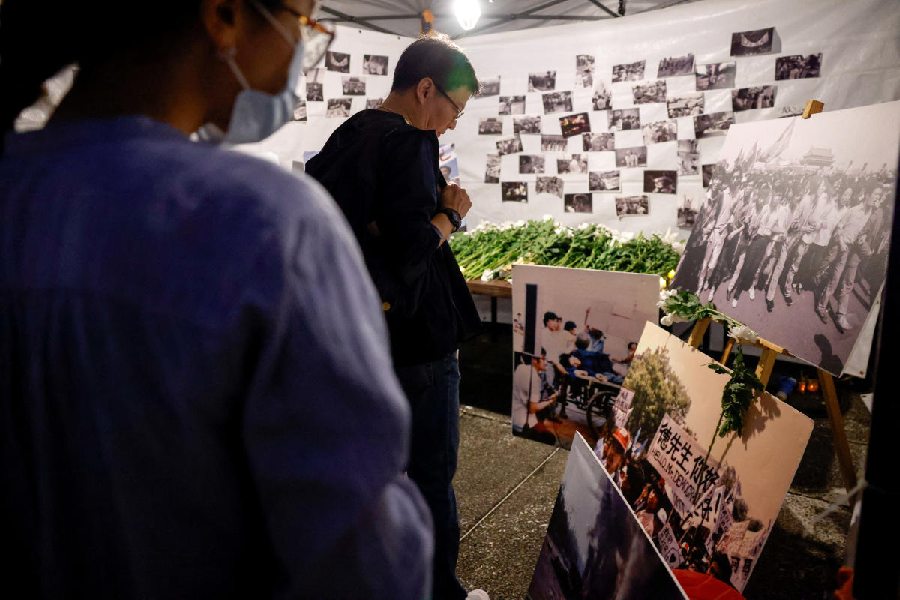Solano Benitez of Paraguay, who recently won the golden lion for best participant at the Venice Architectural Biennale for his simple yet imposing arch erected at the central pavilion and made with "the most easily available materials - brick and unqualified labour... as a way of transforming scarcity into abundance", delivered the first Charles Correa Memorial Lecture at the City Centre in Salt Lake on Saturday evening.
In his homage to Correa, Harsh Neotia, whose Ambuja Neotia organised the event, described his interactions with the master architect during the planning and construction of the City Centre. Neotia would get the "raw edge" and was often "fired". When Neotia had approached him, Correa told him bluntly that he "does not work with developers" and malls "don't excite him." After all, Correa's practice was "rooted in tradition" and his designs have a "layer of humanity" and go beyond utility.

After much persuasion, Correa "relented in a weaker moment", but did not think it was a good idea to build a mall in Calcutta. They "struck a compromise" and agreed on a cross between a "non-AC walkway" and a mall. But stakeholders objected, for Calcutta is "not a happening place", Salt Lake is "the back of beyond" and "no one wants another New Market". (Correa was very excited by the latter)
After the foundation stone was laid, Correa decided to tear up the original plan and made a new design. He insisted on knocking down the wall around the City Centre as well. It opened after five years and became a huge success.
Special invitee architect Rahul Mehrotra, who is Correa's son-in-law, traced the commonalities between Benitez and Correa. He said Calcutta has taken a lead in remembering the legacy of a man, who would be regarded as Asia's first modern architect. Both Correa and Benitez supported South-South dialogue and had developed a "hybrid model of practice" that is relevant to Bengal.
Tall and imposing, Benitez, whose studio is named Gabinete De Arquitectura, was casually dressed in a kurta and jeans. He proved to be an expressive and witty speaker in spite of his obvious difficulty with English. At times he waxed lyrical - halting English notwithstanding - particularly when he described the final resting place of his father that took him 10 years to conceptualise.
Benitez clearly advocates the cause of labourers, and relatively cheap but easy-to-make housing for them. He talked about building a township on 60,000 hectares for 2,000 people in a reserve forest in Paraguay and protecting bio-diversity at the same time by using brick (often picked up from debris of demolished buildings and industrial sites) and cement and experimenting with the many possibilities and solutions. His favourite is the triangle (used in the Venice Biennale arch) made with concrete panels and bricks, or broken brick straightaway for its easy adaptability.
He creates intricate lattice work with the triangles mounted on scaffolding, and uses brick like it were a fabric that he drapes and pleats as the situation demands. He keeps the structures as simple as possible, keeping in mind the hot and humid clime of Paraguay.
For his father's resting place close to his own house amidst lush vegetation, he marked a square with panels which he covered with mirrors. The mirror panels reflect to infinity the greenery, ferns and occasionally his family members, who come visiting. Thus, they "lived in many spaces at the same time" and became a metaphor for the coming generations.


